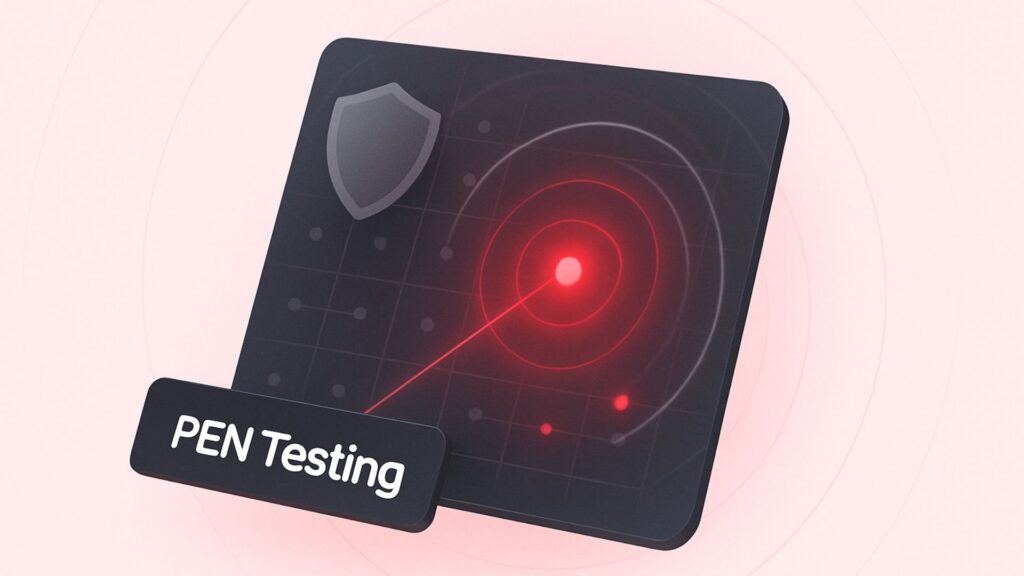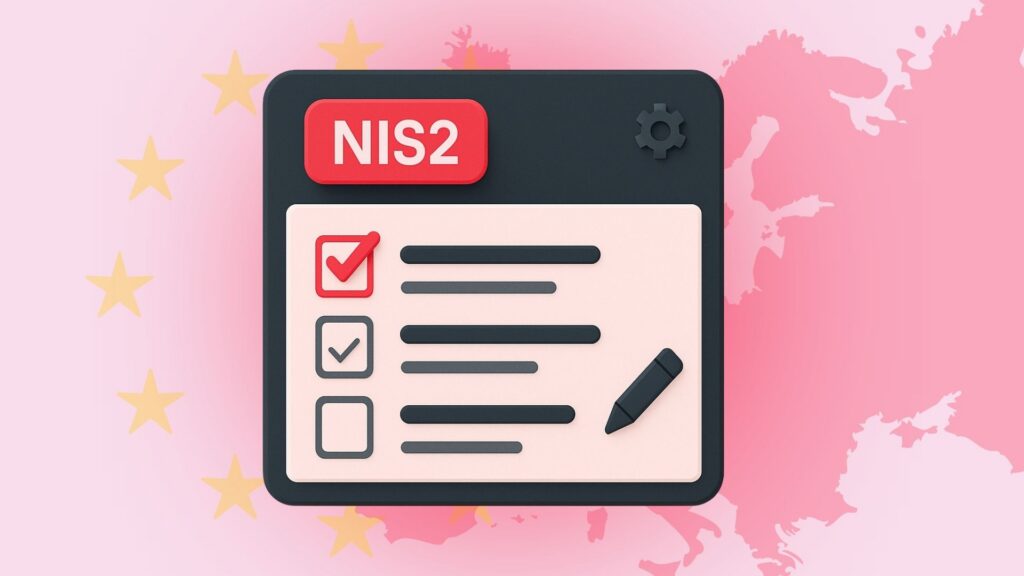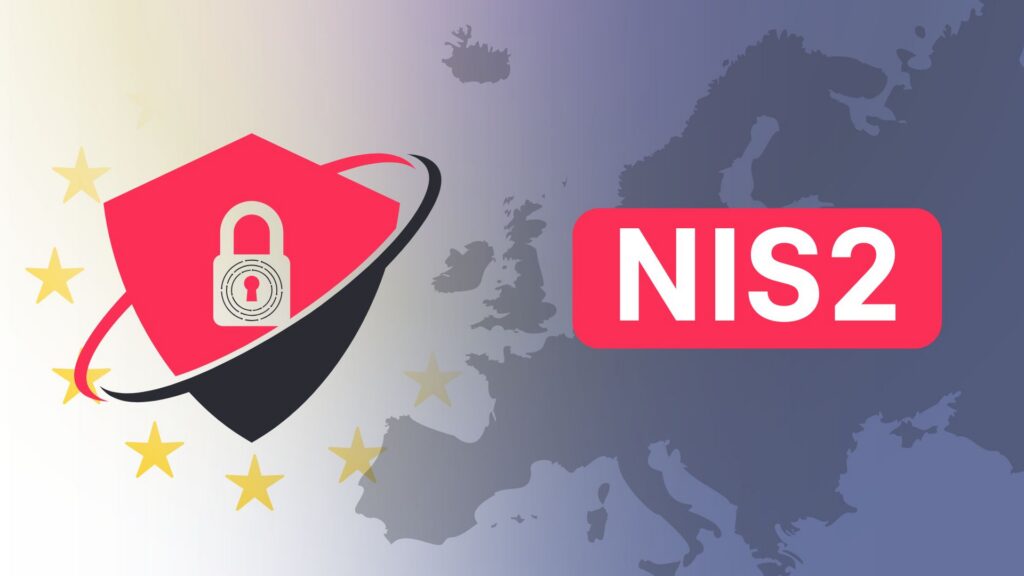As generative AI tools become public utilities, we’re no longer fighting brute‑force attacks.
AI cyberattacks are different and are shooting straight for your crown jewels. They work fast and are tailored to bypass traditional defenses before you even consider any cybersecurity regulation.
In fact, 97% of cybersecurity professionals fear their organizations will face AI security incidents. As a result, Statista expects the market for AI in cybersecurity to grow from $30 billion to approximately $134 billion by 2030.
In this one, we bring you real-life examples of AI cyberattacks and all you need to know to safeguard against them.
1. European Officials Fooled by Fake Mayor (2022)

Trusting your eyes seems natural during calls. But in 2022, several European officials discovered just how misleading their senses could be.
Fraudsters used a deepfake to impersonate Klitschko, the mayor of Kyiv, on live video calls with top city officials from the EU. Initially, the conversations appeared normal until “the mayor” started proposing bizarre policy ideas. One such example is forcibly repatriating Ukrainian refugees to the military.
Now, just imagine if there wasn’t anything strange about the call.
Blind trust left officials exposed
Here’s what went wrong: the European officials had no procedures in place to verify the identity of high-profile contacts during calls.
They trusted the invite, saw a familiar face, heard a familiar voice, and assumed authenticity. These city officials relied solely on what they saw, without a secondary check. No code words, no follow-up verification, no confirmation through official channels. Nothing.
High-stakes meetings demand verification
Verification shouldn’t be complicated, just clear and consistent. Implementing simple procedures, like confirming high-profile calls through a known official channel or using pre-agreed code words, would have stopped this scam in its tracks.
Regular training and penetration testing designed around social engineering scenarios could have further prepared officials to recognize and react quickly to suspicious behavior.
Quiet deception, public embarrassment
As soon as the deepfake was exposed, it erupted into an embarrassing international incident, drawing heavy media coverage. While no financial loss occurred, the reputational damage was significant.
2. AI-Enhanced Ransomware Hits European Manufacturing (2023)

AI can now actively learn the layout of your network in real-time. It can pinpoint critical operational technologies and dynamically avoid your defenses. Instead of randomly encrypting files, it targets the most essential systems.
We all know industrial control systems can get outdated fast. They’re rarely the main focus, given everything else happening on the manufacturing floor.
Unfortunately, AI has become incredibly efficient at exploiting precisely these kinds of weaknesses. According to Security Brief UK, UK manufacturers experienced a 23.5% increase in ransomware attacks in 2023, largely driven by AI’s ability to quickly detect and exploit vulnerabilities in legacy systems.
The weak link
The issue here isn’t just outdated software. It’s also the way networks are often structured in manufacturing environments.
Systems are interconnected. They allow easy access across the board. Cybercriminals, equipped with AI can quickly find these weak spots.
Think old Windows machines, unpatched software, and poorly defended network segments. Malware navigates these devices (and your defenses) and quietly positions itself exactly where it can do the most damage.
Impact and cost
Well the cost isn’t just in the breach. Think of downtime, missed deadlines, penalties, and equipment damage.
Consider Norsk Hydro’s AI ransomware attack back in 2019. Even without the fancy AI involvement, it cost around $40 million in the first week alone.
Now imagine how much worse it can get when ransomware is sophisticated enough to disable your backups and evade your recovery.
What should have been done (prevention and mitigation)
- Give your network some TLC: Regularly update and separate your critical systems from the rest of your network. Think of it like keeping your valuables in a safe rather than scattered around.
- Fight AI with AI: Invest in cybersecurity tools that leverage machine learning to catch suspicious activity as it happens, not after the damage is done.
- Practice makes perfect: Regular penetration tests help spot vulnerabilities and strengthen your defenses before the real thing hits.
- Stay compliant, stay secure: Following security frameworks like the NIS2 Directive isn’t just a bureaucratic checkbox. It’s a genuine safety net that ensures your business keeps running smoothly.
3. AI-Powered Phishing Floods European Businesses (2022–2025)

Phishing emails have always been a numbers game. Send enough, and someone clicks. AI changed that game.
Cybercriminals are now leveraging LLMs like ChatGPT. They generate messages that look like they’re coming from trusted colleagues or suppliers.
So, we are not dealing with clumsy attempts anymore. These messages resemble humans, are contextually spot-on, personalized and even written with typos to resemble “hurry”.
According to Barracuda Networks, more than half of all malicious emails in 2023–2024 were AI-generated. The financial stakes are high. A UK-based online retailer barely avoided transferring £500,000 to fraudsters in 2023 after receiving a convincingly personalized invoice crafted by AI.
Outdated email defenses are the problem
Most of the companies we have talked with are using email security solutions built to detect classic spam. You know, obvious scams that stand out because of generic messaging.
AI phishing emails slip through these old defenses with ease because they’re crafted to look exactly like real people’s texts.
Even savvy employees can easily be fooled when every detail is aligned with what they expect to read from a certain person.
On top of that, businesses often lack secondary verification methods, especially when handling financial requests, making it easier for attackers to trick an employee into wiring money to the wrong place.
Verifying requests through multiple channels is now non-negotiable
Companies need to adopt an annoyingly simple policy: Never trust important instructions without verifying them through another channel.
Receiving an email asking for a payment? Pick up the phone or use secure, pre-arranged verification. Make secondary verification a standard practice to reduce the risk of falling victim.
Additionally, consider investing in modern, AI-powered email security tools. These can identify AI threats as quickly as they’re produced. Pair this with regular, realistic training simulations. Put the hood on and use AI phishing emails yourself to prepare employees for what they’re actually up against.
Quiet, until it’s not
Phishing attacks start quietly. They land in inboxes unnoticed, hidden among thousands of emails. But when an attack succeeds and money or sensitive data is lost, it becomes very public, very fast. Suddenly, you’re managing PR crises, regulatory inquiries, and damaged customer relationships.
4. Ozy Media: When AI Impersonation Hits the Boardroom (2021)

In high-stakes investment calls, hearing the voice of a known executive usually means trust.
That’s why an Ozy Media executive decided to impersonate a YouTube leader using AI voice cloning during a call with Goldman Sachs in 2021. The goal? Secure a $40 million investment by leveraging a non-existent partnership.
Initially, Goldman Sachs fell for it. The voice was almost indistinguishable from the real YouTube executive.
It took noticing an odd email address and a suspiciously convenient “technical issue” when asked for video verification for Goldman to start asking questions. Eventually, YouTube itself confirmed the deception.
Human trust without verification opened the door
The vulnerability wasn’t technical, it was human.
When we hear a familiar voice discussing familiar topics, our instinct is to trust. But today, voice alone isn’t reliable evidence of authenticity.
This scenario reveals an uncomfortable truth: not all cyber threats come from elaborate methods. Sometimes the risk sits right at the executive table, where cybersecurity thinks ‘everything’s just fine’.
Always insist on independent verification for high-stakes interactions
Had Goldman insisted on an immediate video call or an alternate verification channel from the start, the deception would’ve ended right there.
When significant financial decisions are involved, verifying identities through multiple channels—such as video calls, pre-agreed codes, or directly calling known contacts—is essential.
Other Noteworthy AI-Generated Attacks
5. OpenAI targeted by AI-driven phishing from SweetSpecter (2023)
In a twist of irony, OpenAI, the creator of ChatGPT, was targeted by the Chinese cyber-espionage group SweetSpecter. They leveraged ChatGPT itself for sophisticated spear-phishing and reconnaissance. The incident involved cleverly constructed phishing emails and malware tailored via AI-generated code, as reported by BleepingComputer.
6. Yum! Brands ransomware shuts down restaurants (2023)
In January 2023, fast-food giant Yum! Brands (KFC, Pizza Hut, Taco Bell) experienced an AI-driven ransomware attack. Attackers leveraged AI to pinpoint sensitive corporate data. This forced the shutdown of roughly 300 UK restaurants for weeks and exposed employee data, according to Nation’s Restaurant News.
7. T-Mobile hit by AI-enhanced API breach (2022–2023)
Between November 2022 and January 2023, T-Mobile suffered a breach affecting 37 million customers. Attackers utilized AI-enhanced scripts to systematically probe and exploit the company’s API, adapting their strategy in real-time to avoid detection, as reported by Qualys.
8. Activision phishing attack leverages AI-written SMS (2022)
In December 2022, Activision Blizzard’s HR team became a target of sophisticated AI phishing texts. A convincingly natural message led an employee to expose employee records. This highlights the deceptive capability of AI-written phishing content, according to ITCM.
9. TA547 malware group deploys AI-crafted malware (2024)
In April 2024, cybercriminals from the TA547 group (also known as “Scully Spider”) utilized AI to produce polymorphic malware loaders. These AI-generated scripts successfully delivered Rhadamanthys information-stealing malware, as detailed by BleepingComputer.
10. French users targeted by AI-generated infection chain (2024)
French internet users became victims of a malware infection chain built entirely through AI-generated scripts in September 2024. Attackers used AI to continuously generate unique, hard-to-detect malware variants, complicating security defenses, according to BleepingComputer.
11. Iran’s ‘CyberAv3ngers’ use AI to target industrial systems (2023)
Iran-affiliated CyberAv3ngers utilized AI extensively in their cyber-espionage operations against Western industrial control systems (ICS). They used ChatGPT to generate scripts, research vulnerabilities, and plan complex attack scenarios, according to a report from BleepingComputer.
12. Storm-0817 builds advanced Android spyware with AI (2023)
The Iranian threat actor Storm-0817 leveraged ChatGPT to develop advanced Android spyware capable of extensive data theft. This espionage toolkit, developed with significant assistance from AI debugging and coding, raised concerns about the increasingly low barriers to creating sophisticated malware, as detailed by ConnectWise.
AI-powered cyberattacks are a threat
These aren’t far-off things. They’re already shaping boardroom decisions, breaching inboxes, and faking faces on live calls.
The smartest move? Stop thinking of AI as a futuristic threat and start treating it as today’s most adaptive attacker. That means updating your defenses, questioning what you see and hear, and building in layers of verification for every sensitive interaction.
It means you need to test your systems and hire experts, if need be.
Because in a world where a call from a CEO might not be real, assuming good intent without proof is very, very dangerous..
Similar insights

Choosing the Right Tech Stack in Uncertain Times
25/11/2025
How to Pitch and Get Your Ideas Approved at Work
12/11/2025
14 Books Smart Tech Leaders Are Reading This Fall
07/10/2025
Protect Your Crown Jewels: The Heart of Your Cybersecurity
15/09/2025
How Renown Business Executives are Using AI?
12/08/2025
Think You’re Secure? PEN Testing Will Tell You
15/05/2025
NIS2 Compliance: A Simple Guide to Get It Done Right
15/05/2025
NIS2 Directive Explained: What Your Business Needs to Do Now
29/04/2025
Net Group Expands into Germany and Acquires Cybersecurity Company
04/04/2025
Let the success
journey begin
Our goal is to help take your organization to new heights of success through innovative digital solutions. Let us work together to turn your dreams into reality.